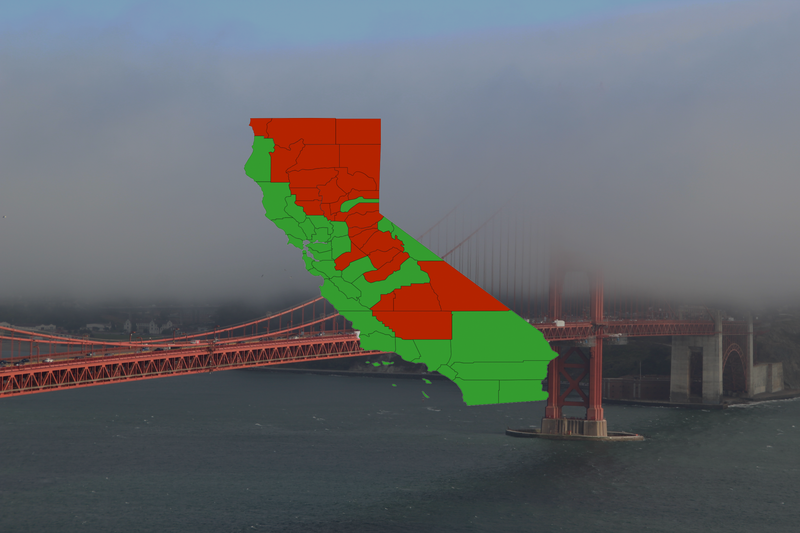2025-26 California eviction process guide: Steps, timelines, and court procedures explained
From receiving a Notice to the final court judgment, we break down the five strict legal steps of the California eviction process and the critical 10-day response window tenants cannot afford to miss.

California landlords generally need a valid legal reason to end a tenancy. As detailed in our California Tenant Protection Act guide, the state enforces strict rules regarding rent caps and just cause evictions to keep people in their homes.
But when a violation occurs—or a landlord claims one has—the protections of the law shift from why you can be evicted to how the process is handled in court.
Even if a landlord has a valid "just cause," they cannot simply lock a tenant out. They must follow a rigid judicial process that typically takes 30 to 45 days.
Here is how that official eviction process works in California.
Sources and References
For official instructions, forms, and detailed legal steps, please refer to the California Courts Self-Help Guide:
- Eviction Process Overview: The eviction process for tenants
- Step 1: Get a Notice
- Step 2: Eviction case starts
- Step 3: Respond to the court
- Step 4: A judge decides
- Step 5: After a judge decides
1. Get a Notice
The eviction process officially starts when your landlord gives you a written Notice. This is a mandatory step; a landlord cannot simply ask a judge to move you out without first providing this document.
The Notice will instruct you to do something specific, such as:
- Pay past-due rent.
- Fix a lease violation.
- Move out (if the tenancy is ending for a valid reason).
If you follow the instructions in the Notice (e.g., pay the rent or correct the issue) within the given timeframe, the process usually stops there. If you do not, the landlord can proceed to the next legal step.
2. Eviction Case Starts
If you do not comply with the Notice, your landlord can file court papers to begin an eviction lawsuit (often called an "Unlawful Detainer" case).
Once the case is filed, you will receive a copy of the court papers, typically a Summons and Complaint. At this stage, you must make a critical decision:
- Respond to the court: Fight the eviction or assert your rights.
- Move out: Leave the property voluntarily.
- Do nothing: Risk a default judgment against you.
3. Respond to the Court
To have a say in the case, you must file a formal response with the court. The most common form used for this is called an Answer.
Time is critical: You generally have only 10 days to file your response after receiving the court papers.
- If you file an Answer: You will likely get a trial date where you can present your side.
- If you do not respond: The judge can decide the case without hearing from you (a default judgment), which usually results in an order to move out.
4. A Judge Decides
The outcome of the eviction will be determined by a judge.
- Trial: If you filed an Answer, a trial will be scheduled. The judge will review the evidence from both you and the landlord to make a decision.
- Default: If you did not file a response, the judge will make a decision based solely on the landlord's filings.
5. After a Judge Decides
The final step depends on the judge’s ruling.
- If you lose the case: The judge can order you to move out. You may be able to ask the court for a short extension, but if you do not leave by the deadline, the landlord can ask the Sheriff to physically remove you and lock you out.
- If you win: You will generally be allowed to stay, though the specific terms will depend on the court's ruling.
Navigating the Legal System
The eviction process in California is designed to be a strict legal procedure, not an informal negotiation. The most critical takeaway for tenants is that timelines matter. Whether it is the 3-day window to pay rent after a Notice or the 10-day window to file an Answer with the court, missing a deadline often results in the automatic loss of the case.
While this guide outlines the standard steps, every case has unique variables. Tenants facing eviction are strongly encouraged to consult with a local legal aid organization or a tenant rights group immediately upon receiving a Notice. Understanding your specific rights within the court system is the best defense against displacement.






